Bleeding Heart Yard
Romantics will always draw close to a place with such a graphic and compelling a name as Bleeding Heart Yard. An unsuspecting, quiet cobbled yard in Farringdon with a lovely little red-draped French bistro to match, its cobbles blocked from the city by a collection of converted warehouses and grand apartments. A cocktail of stories splashes onto the street here, some more convincing than others but the best and perhaps most gruesome is the tale of Lady Elizabeth Hatton (whose family is responsible for the Jewellery Quarter’s name “Hatton Garden”).
Elizabeth was by all accounts a beautiful girl, who shunned the advances of a man (or the Devil who Elizabeth had made a deal with according to Richard Barham’s telling of the tale) and was found laid out on the cobbles, torn limb from limb, her heart still beating in her chest. And so Bleeding Heart Yard was born. Of course, there’s little truth to the various versions (even Dickens wrote about the many beliefs and the lore of the yard in his story ‘Little Dorrit’), and the lady in question didn’t die according to official records until some 20 years later. But it’s the story and the full-bodied French reds in the bistro that count.



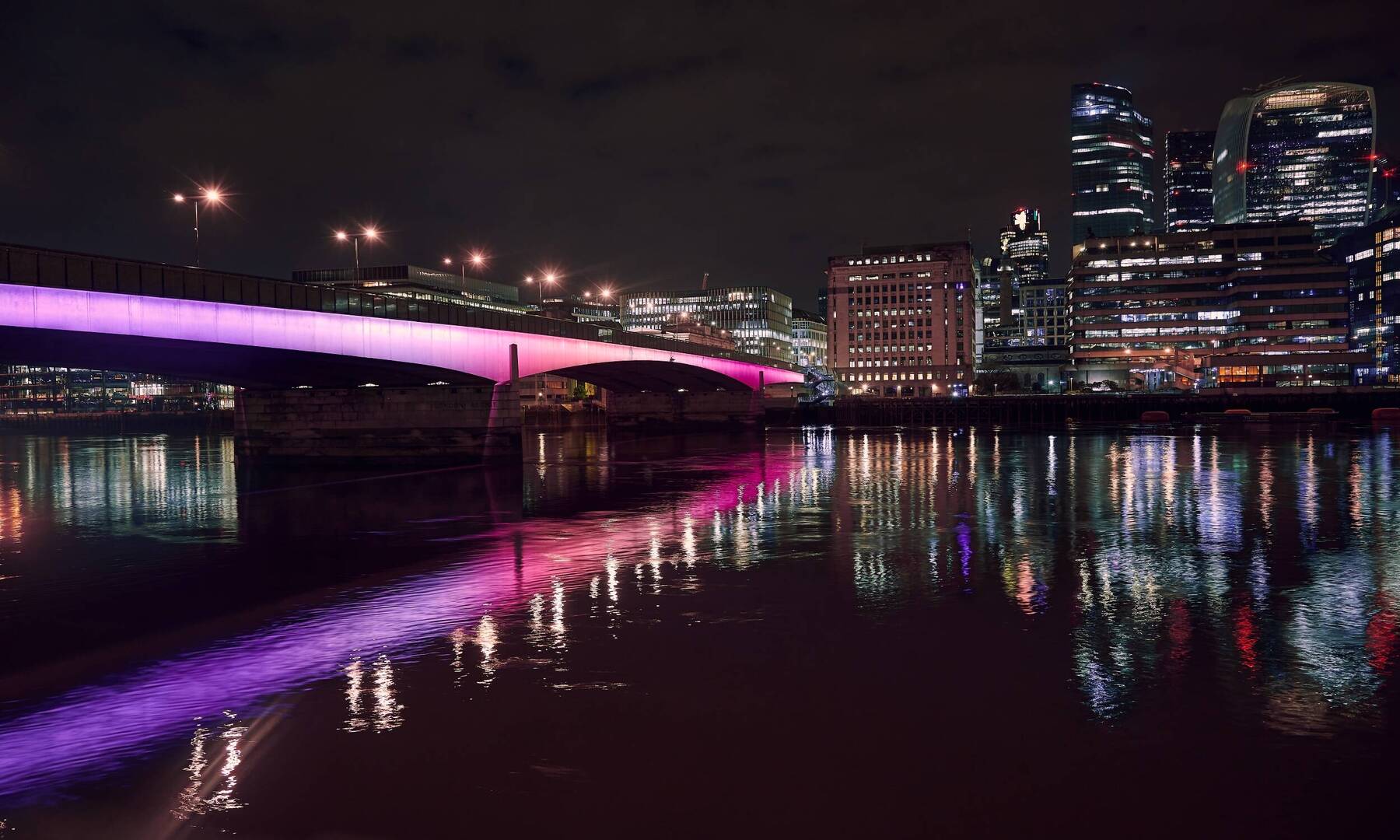
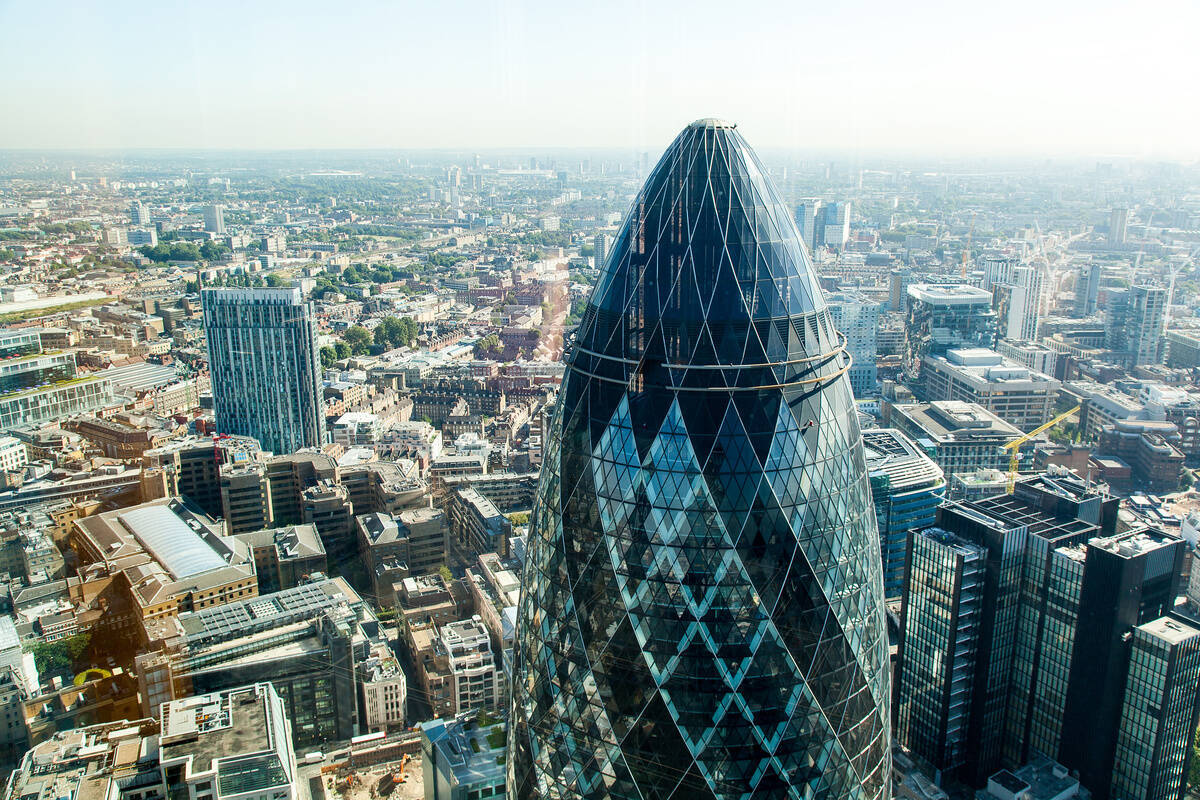
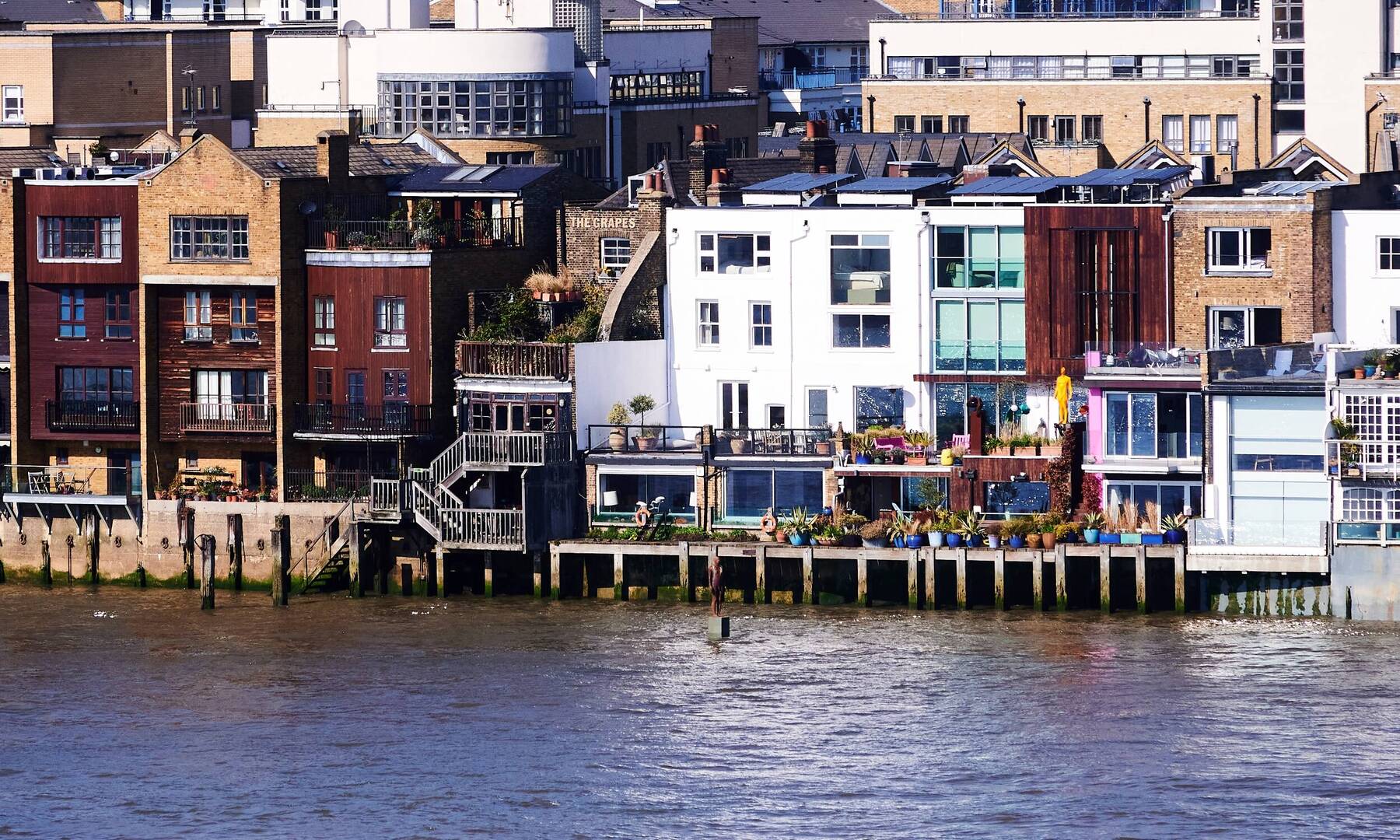
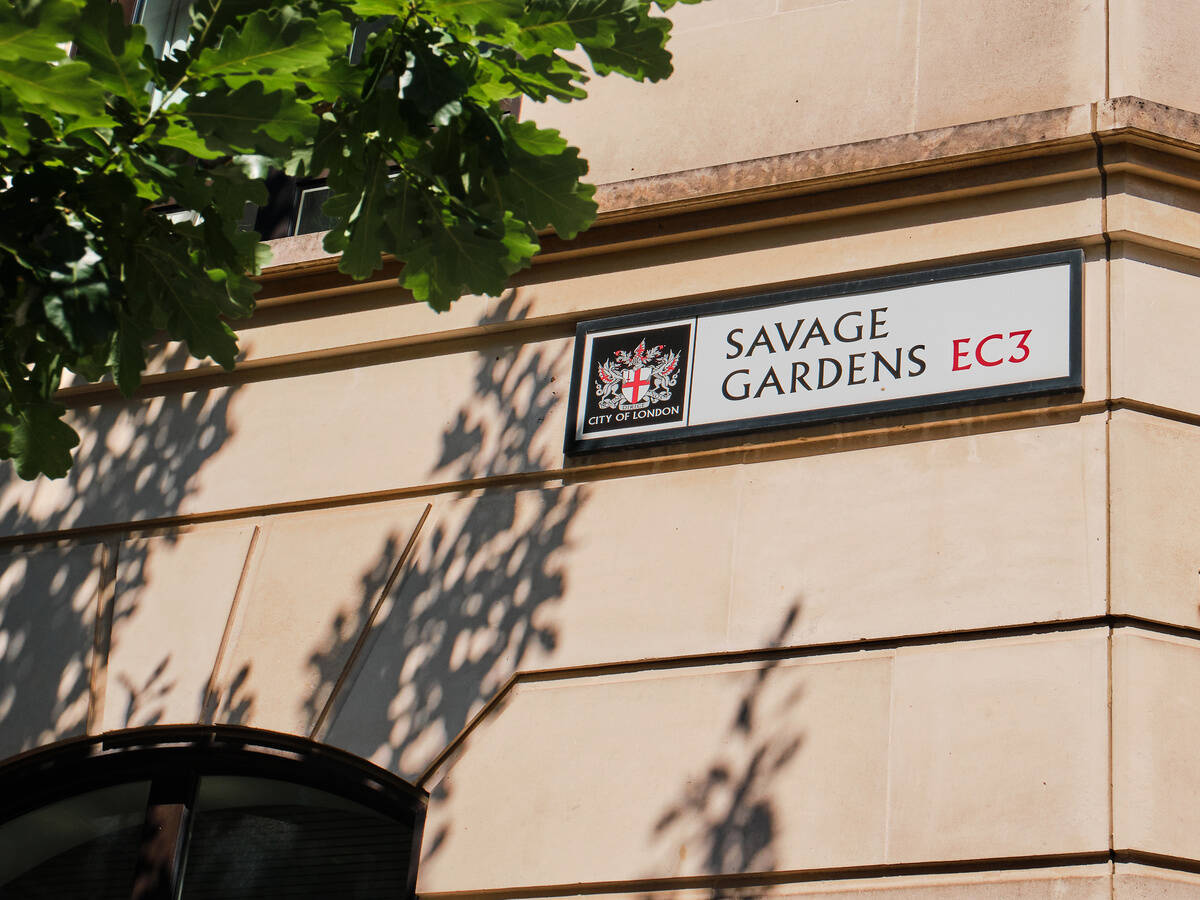

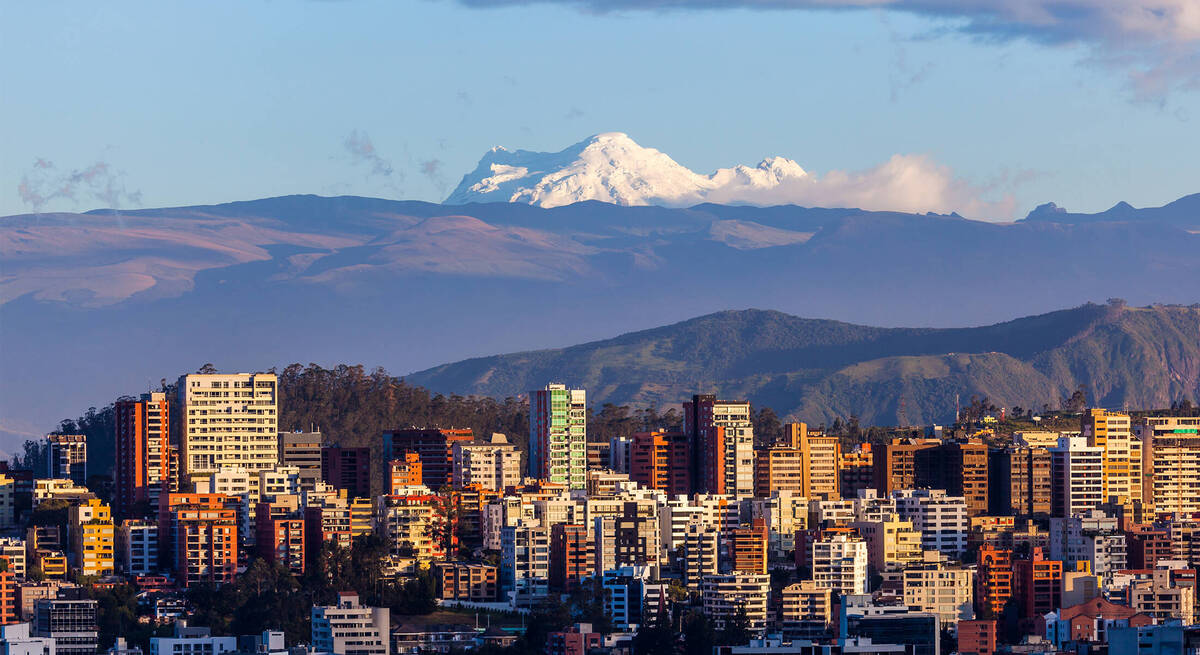














Comments